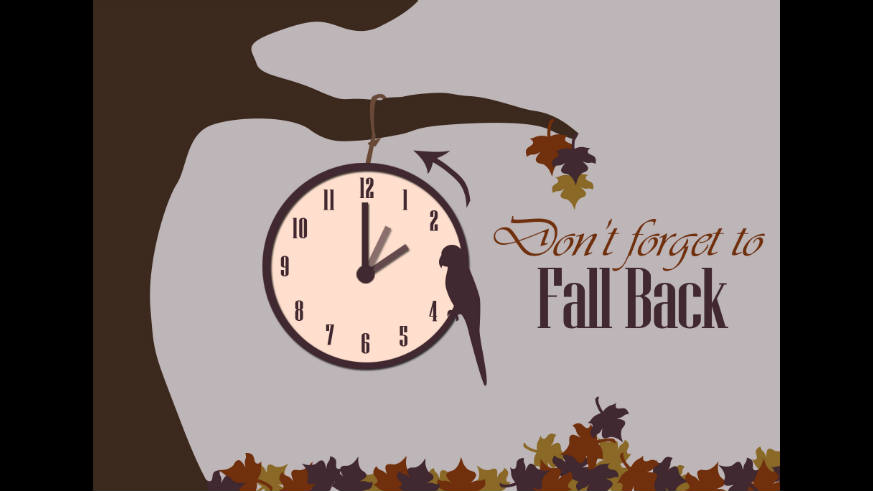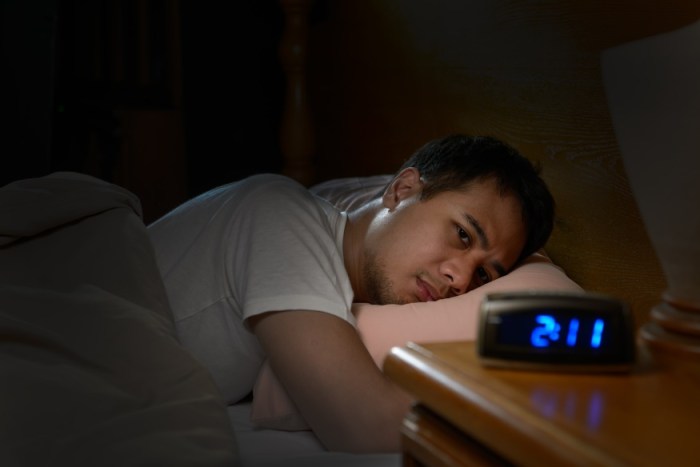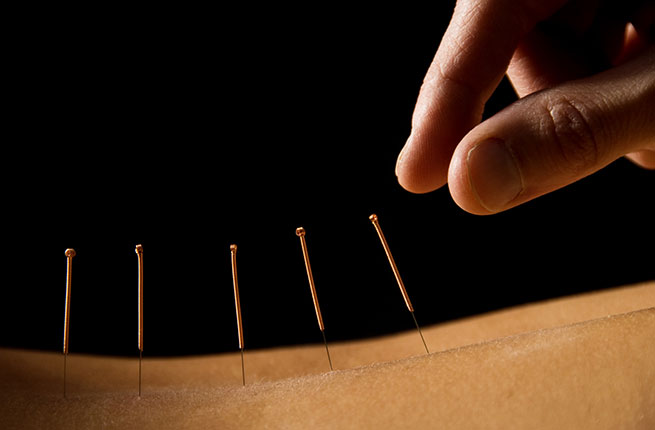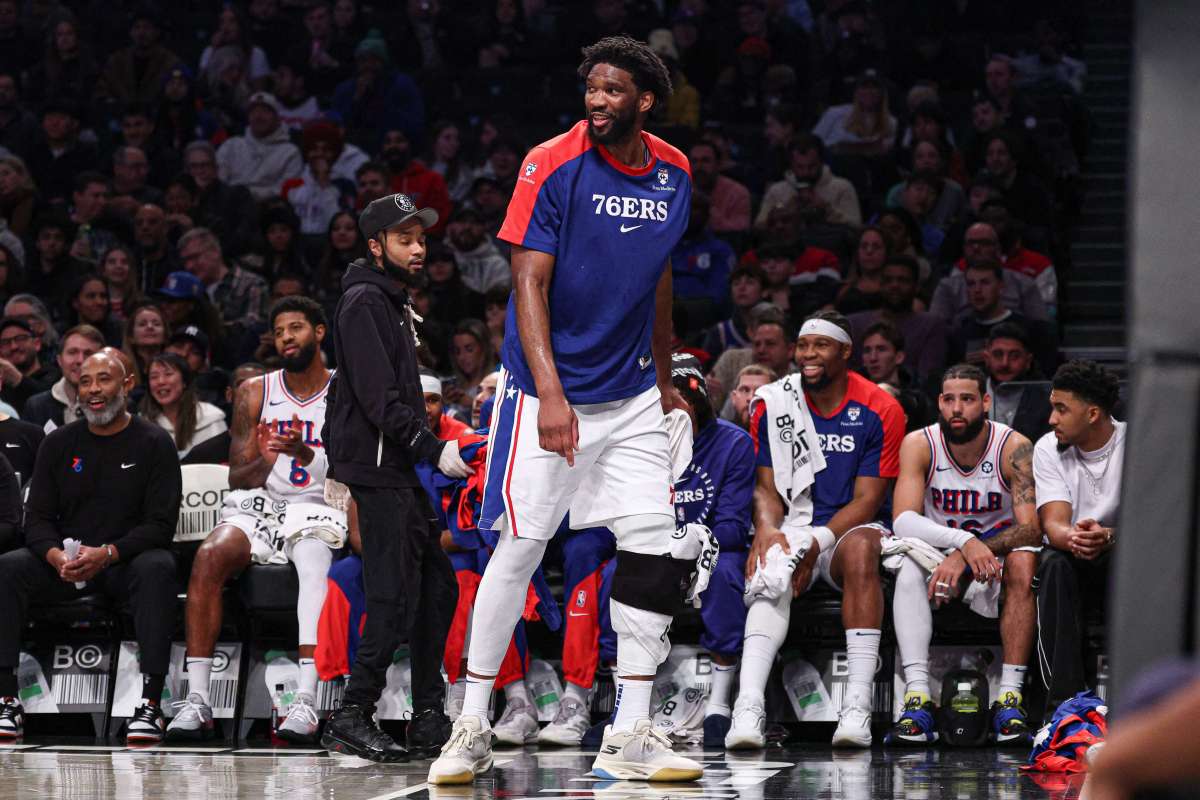Daylight savings 2017 and reminders to “fall back” are upon us as daylight saving time ends.
When does daylight saving time end?
On Sunday, Nov. 5, when daylight saving time is about to reach 2 a.m. local time, turn your clocks back one hour to 1 a.m. The easiest way to handle it? Change all your clocks before bed. Another option is hitting the bar since you’ll get an extra hour of party time!
Sunrise and sunset will be about an hour earlier on Nov. 5 and there will be more light in the morning.
What is daylight saving time?
Around 40 percent of countries around the globe use daylight saving time (DST) to make use of the daylight and conserve energy, according to timeanddate.com.
During daylight saving time, we “spring forward” an hour and when it ends, the clock “falls back” an hour.
When did DST begin?
Oh, Canada! Blame them. In July 1908, residents of Port Arthur, Ontario, today’s Thunder Bay, turned the clocks forward for the first daylight saving time in the world. About eight years later, the oft-credited Germans and Austrians started following DST.
Germany introduced DST in 1916, two years into World War I, to conserve fuel used by artificial lighting.
Who invented DST?
OK, maybe don’t blame Canada. New Zealand scientist George Vernon Hudson proposed the idea of a two-hour shift in October and March in 1895.
In 1905, British builder William Willett suggested changing the clocks eight times during the year, adjusting by 20 minutes each time.
British Parliament member Robert Pearce introduced the first Daylight Saving Bill to the House of Commons in February 1908. Drafted in 1909, the bill was never made into law. Many opposed the idea, including farmers.
The idea of “saving daylight” isn’t a new one, according to timeanddate.com. Roman water clocks thousands of years ago used different scales for the different months to adjust the day-to-day schedule to solar time.






















